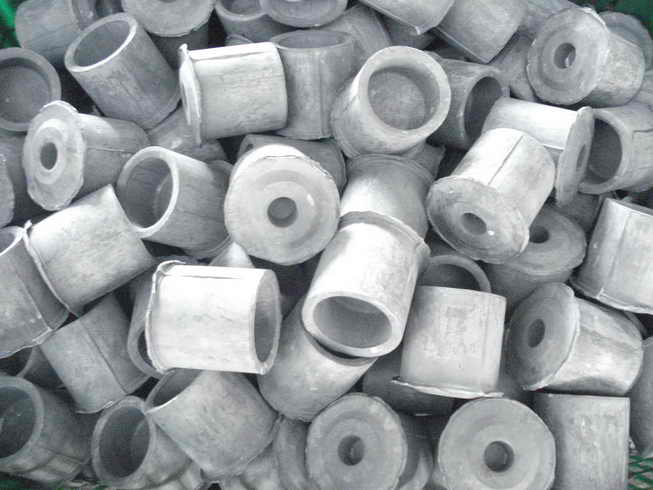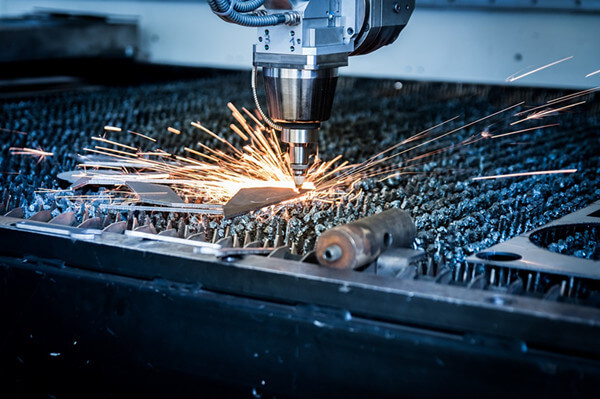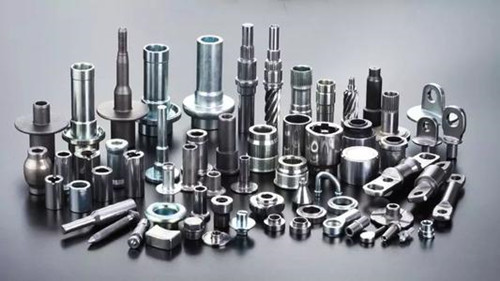The cold forging technology has been improving every now and then. Today, we have a newer technology that we didn’t have from previous years. One of the things that have been consistent with cold forging technology is the ability to ease the forging process.
There most important aspect of the cold forging technology that has been improving is the automation of most of the process. The forging does not require a lot human labor as it used to be. That’s something that stands out about advances in technology.
In this post, we are going to touch on some of the ways that cold forging technology is improving the forging process. Check out the following:
Higher Productivity for High-volumes
One of the biggest ways that cold forging technology is changing this industry is by enhancing the production rates. Modern technology is producing more than what the previous technologies used. With the increased automation of the process, the number of forgings produced per hour has been increased.
Material Savings and Cost Reduction
The utilization of the material has been one of the biggest benefits of cold forging. With the advancement in technology, material saving has also been improved, which has helped reduce production costs. Better near-net shapes are being produced today due to advanced technology.
Improved Part Integrity and Strength
The integrity and the strength of forgings have improved with the advancing cold forging technology. The current technology is capable of producing harder and more strong tools than before. Therefore, you can expect to get better quality forging today. As we advance in technology, there is no doubt that the quality will continue increasing improving.
Enhanced Appearance and Surface Finishing
There is no doubt that cold forging produces some of the most appealing forgings in appearance. That’s because the process is designed to produce neat-net shapes. But the advancing of technology has made it even better. Apart from just the appeal, the surface finishing of the forged has been improved.
Materials suitable for Cold Forging
The materials that can be cold forged have also increased with the advancing cold forging technology. The technology can now allow even hard metals to be forged. This includes steel metals and their alloys. Therefore, you can have a range of cold forged products to select from. The list of materials suitable for cold forging will be increasing as we progress.


